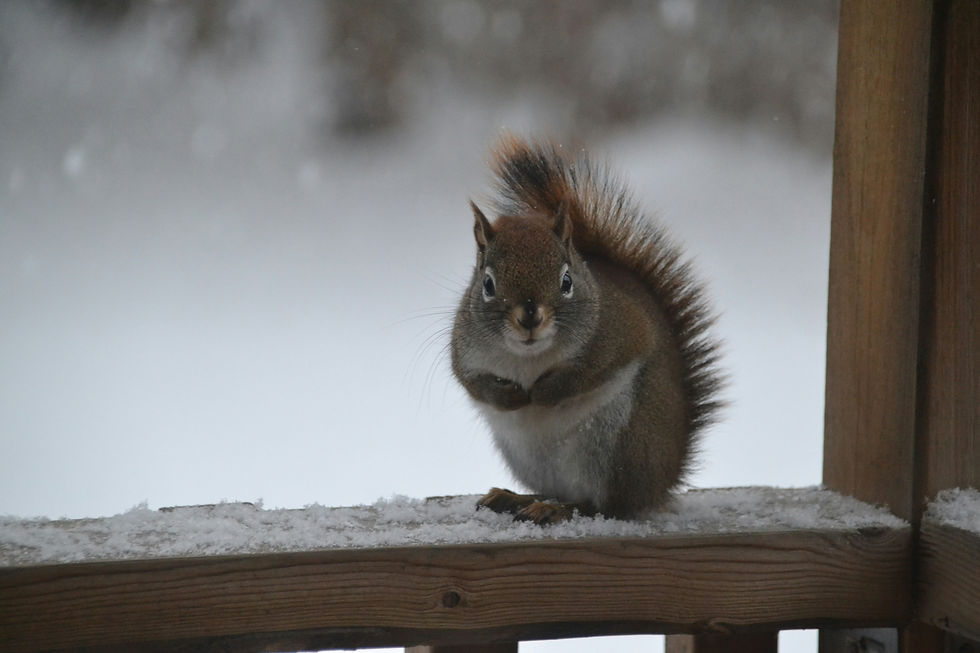The Fall Pest Invasion You Won’t Notice Until It’s Too Late
- Jeff Overstreet

- Oct 16
- 3 min read
When temperatures dip in October, homes across North Texas start drawing in some truly persistent houseguests (and we’re not talking about trick or treaters). Overwintering insects slip through gaps along rooflines, soffits, and siding, then tuck into attics and walls for the season.
Unlike summer pests that make a grand entrance, these insects arrive quietly and stay hidden. Once the first warm stretch of spring hits, they can appear all at once — often through vents, light fixtures, or attic access points. By then, the infestation has already settled in.
October is the time to stop that from happening.
What “Overwintering” Means
As overnight temperatures fall into the low 50s, certain insects enter a state called overwintering. Instead of remaining outdoors, they look for warm, dry, still spaces where they can rest until spring.
In Texas, the most common overwintering species include:
Boxelder bug – black with red markings, often clustering on siding or window frames
Brown marmorated stink bug – gives off a strong odor when crushed
Asian lady beetle – similar in appearance to a ladybug, can stain walls and bite
Cluster fly – slow fliers that gather near windows as the weather warms
These pests prefer quiet, undisturbed spaces where they can stay out of sight. Most wedge themselves into wall voids, attic insulation, and eaves — areas that remain warm and sheltered through winter.
How They Get In
Cool nights push overwintering insects to find warmth fast. The entry points they use are usually small and easy to miss during a casual inspection.
Typical access points include:
Unscreened attic vents and soffits
Cracks along rooflines and siding seams
Gaps around windows, doors, and utility penetrations
South- and west-facing exterior walls are especially vulnerable. These surfaces warm quickly in the afternoon sun, drawing insects to the building. Once the temperature drops at night, they slip through any available opening and disappear inside.
Early Warning Signs
Even though overwintering insects stay hidden through winter, their activity leaves clues. A careful homeowner can spot the warning signs well before a full infestation takes hold:
Clusters of boxelder bugs or stink bugs basking on sunny walls in the afternoon
Beetles or flies hanging around door and window frames
Stray insects appearing in attics, garages, or near light fixtures
Light fluttering or buzzing on warm afternoons
A few visible pests usually signal a much larger population tucked behind walls or buried in insulation.
How to Keep Them Out
Blocking access before temperatures drop is the most effective way to prevent overwintering pests. Once they establish a presence, removal becomes much more complicated.
A strong fall prevention routine includes:
Seal gaps along the exterior. Walk the perimeter of your home and check around windows, siding, vents, and utility lines. Seal openings with weather-resistant caulk or foam.
Screen soffits and attic vents. Fine mesh prevents insect entry while allowing airflow.
Tighten up weatherstripping. A snug seal on doors and windows eliminates easy entry routes.
Clear debris from the foundation. Leaf piles, stacked wood, and clutter give insects a staging ground.
Limit exterior lighting at night. Many overwintering species gather near bright entry points.
Homes that receive this kind of fall prep see fewer infestations in the spring.
Why Professional Protection Matters
Even the most thorough DIY sealing can leave gaps too small to notice. Overwintering insects excel at finding weak spots around vents, rooflines, and seams where siding meets the structure. A professional inspection identifies those points and treats them with targeted products that stop insects before they settle in.
Overwintering insects move fast when cold weather arrives. Bug Zone focuses on the high-risk entry zones they target most. Our team inspects and treats the structure to keep your home pest-free through winter and spring. Schedule your seasonal service now and get ahead of the invasion.
Call (972) 867-9800 or email office@bugzonepest.com to book your appointment today.







Comments